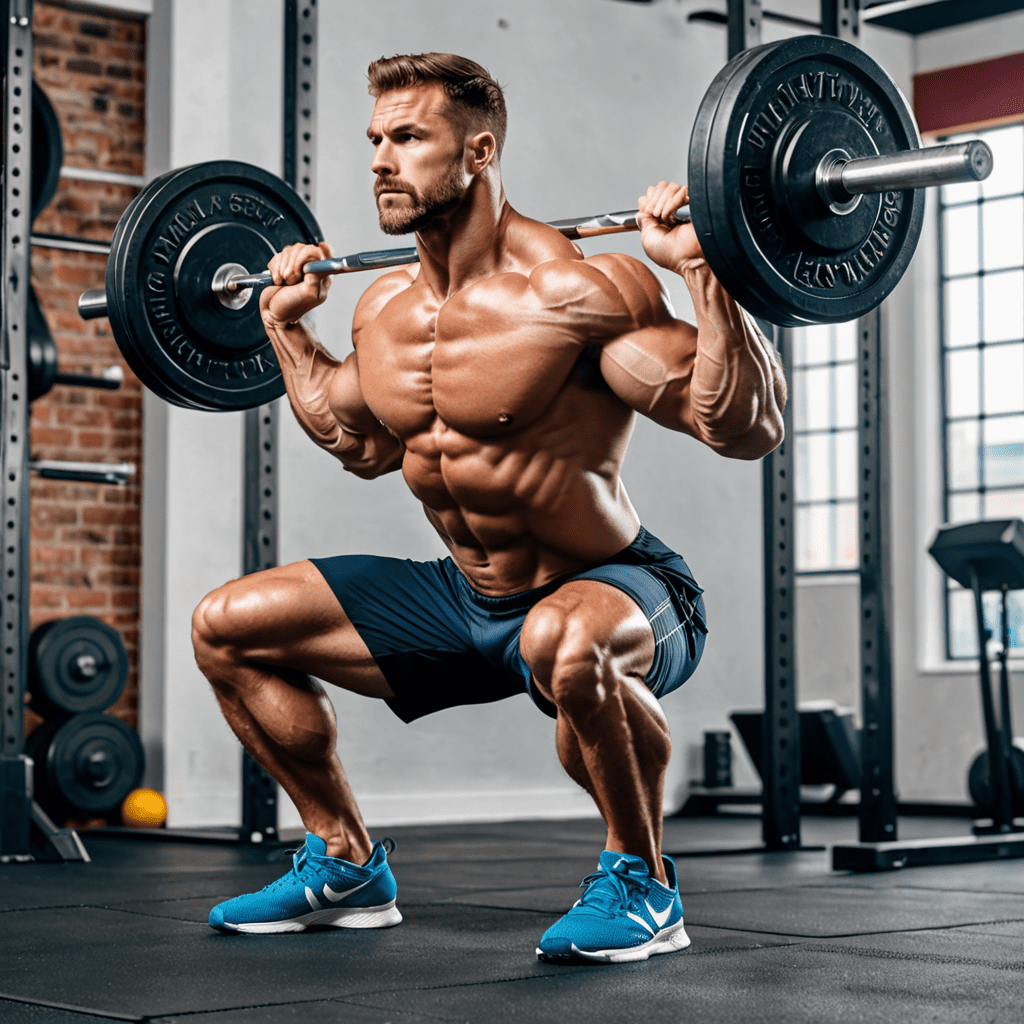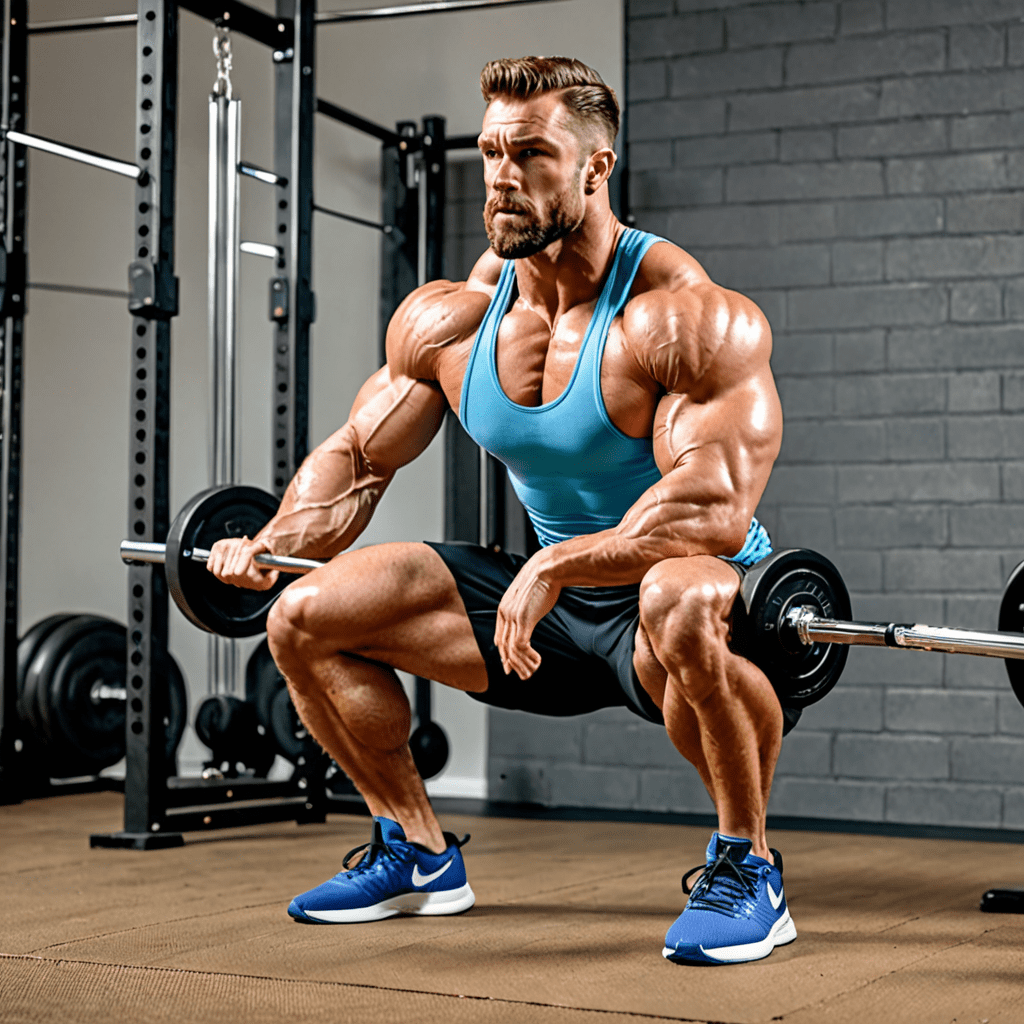
Unlock the Benefits of Half Squats for Your Fitness Routine
1. What are Half Squats?
Half squats, also known as parallel squats or partial squats, are a popular exercise performed in strength training and weightlifting routines. This variation of the traditional squat involves only bending the knees to a 90-degree angle, rather than going down into a full squat position.
2. How to Perform Half Squats
To perform a proper half squat, follow these steps:
- Stand with your feet shoulder-width apart.
- Engage your core and keep your back straight.
- Bend your knees and lower your body down until your thighs are parallel to the ground.
- Push through your heels to extend your legs and return to the starting position.
3. Benefits of Half Squats
Half squats offer numerous benefits for individuals looking to enhance their fitness routine:
- Increased Quadriceps Activation: Half squats primarily target the quadricep muscles, helping to strengthen and tone them.
- Improved Leg Strength: By focusing on bending the knees to a 90-degree angle, half squats build strength in the leg muscles, including the quadriceps, hamstrings, and glutes.
- Injury Prevention: Performing half squats with proper form can help improve your overall squatting technique and reduce the risk of injury when performing full squats or other lower body exercises.
- Time Efficiency: Half squats can be a time-saving alternative to full squats, allowing you to achieve similar benefits in less time.
4. Incorporating Half Squats into Your Fitness Routine
If you’re interested in incorporating half squats into your fitness routine, consider the following tips:
- Start with Light Weights: Begin by using lighter weights or just your body weight until you feel comfortable with the exercise.
- Gradually Increase Resistance: As your strength improves, gradually increase the resistance by adding dumbbells or a barbell.
- Include Variety: To target different muscle groups, consider alternating between half squats and full squats in your workouts.
- Proper Form: Focus on maintaining proper form throughout the exercise to maximize the benefits and minimize the risk of injury.
5. Common Mistakes to Avoid
When performing half squats, be mindful of these common mistakes:
- Shallow Depth: Ensure that you’re bending your knees to a 90-degree angle, not stopping at a higher point that may reduce the effectiveness of the exercise.
- Arching the Back: Keep your back straight and avoid arching it during the movement to prevent strain and maintain proper alignment.
- Knees Over Toes: Avoid letting your knees extend too far forward over your toes during the squat. Instead, focus on pushing your hips back as you lower your body down.
6. Frequently Asked Questions (FAQ)
Q: Can half squats replace full squats in my workout routine?
A: While half squats offer numerous benefits, they cannot fully replace full squats. Full squats engage a broader range of muscles and provide a greater range of motion.
Q: Can I do half squats if I have knee issues?
A: It’s best to consult with a healthcare professional before incorporating half squats into your routine if you have knee issues. They can assess your situation and provide appropriate guidance.
Q: How many sets and repetitions should I do?
A: The number of sets and repetitions will vary depending on your fitness goals and current fitness level. Start with 2-3 sets of 10-12 repetitions and adjust as needed.
Q: Are half squats suitable for beginners?
A: Yes, half squats can be suitable for beginners. However, it’s important to start with proper form and gradually increase intensity and resistance over time.


